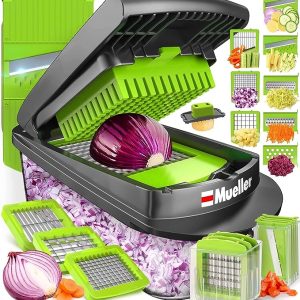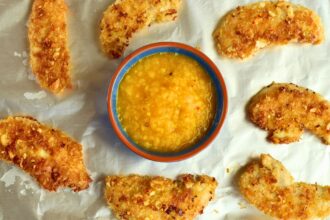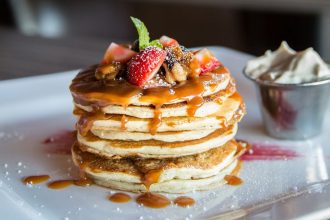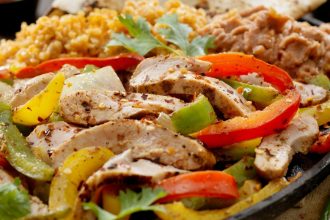Charcuterie is derived from the old French word referring to cooked meats. It typically represents cured meats, including sausages and cold cuts of beef, pork, and veal.
These days, many cold cuts and sausages are available made from chicken and turkey. Recently, I fell in lust with Fårepølse, which is an ever-so-naturally wood-smoked Norwegian lamb salami.
Select from various meat sources, different textures, interesting flavour profiles, and countries of origin. Here are a few favourites (in no specific order):
- Fårepølse: Norway, semi-dry, salami, lamb, pork, rich, natural wood smoke.
- Sopressata: Italy, dry salami, hard, varying flavours.
- Proscuitto: Italy (Parma), soft ham, rich, delicate, sliced paper-thin.
- Jamon Serrano: Spain (Sierra Nevada), dry, salty, cured pork, robust flavour, chewy, sliced paper-thin.
- Jamon Iberico: Spain, Portugal (Iberia), dry, very rich, cured pork, sliced paper-thin.
- Westphalian Schinken: Germany (Westphalia), medium-dry, smoky, cured pork, sliced paper-thin.
- Braunschweiger: Germany, creamy, herbaceous, pork mix, spreadable.
Costco sells a trio of Italian salami, which is terrific and a bargain. Specialty meat shops are the best places to find high-quality, imported ham from Italy, Spain, and Germany.
Many chain grocery stores carry a mini Braunschweiger that is made in Canada. It’s delicious. Occasionally, Costco carries legs of Serrano ham, complete with a stand.
For the cheese selections, be adventurous! Find different textures, firmness, dairy sources, flavour intensities, and countries of origin. Try varieties that are new to you. Usually, I will pick up one each of a blue, a semi-soft, a hard, a mild, a flavour, and a creamy.
As in some cheese shops and higher-end grocery shops, small signs offer guidelines. Here are some of my favourites:
- Morbier: France, semi-soft, raw cow milk, ash layer, pungent, sharp.
- Truffle Tremor: USA, strong, creamy, best from Cypress Grove, goat milk, Italian summer black truffle flecks, sharp, rich, white bloom rind.
- Pecorino Tartufello: Italy, semi-hard, white truffle, mild, salty, rich, sheep milk.
- Manchego: Spain (southern plains of Castilla La Mancha), hard, intense nuttiness, sheep milk.
- Humboldt Fog: USA, California, creamy goat milk with a vegetable ash line down the middle, medium texture.
- Bergenost: USA with imported Norwegian cultures, translates to “Bergen Cheese” for the city of Bergen, Norway, triple-cream, Norwegian-style, buttery, green wax casing.
- Port Salut: France (Pays de la Loire), soft, pasteurised cow milk, mild, nutty, thin orange inedible rind.
- Chevre: France simply means “goat,” very soft, creamy, slightly crumbly goat milk, often flavoured with herbs, chives, or garlic.
- Bleu d’Auvergne: France (Auvergne), cow milk, strong, pungent, creamy, moist, buttery, blue-veined.
- Aged cheddar: Canada, England, Ireland, cow milk, hard, sharp, crumbly, white, or orange (yellow).
- Gorgonzola: Italy, soft, creamy, pungent, cow milk, blue veined.
- Roquefort: France (Aveyron), soft, creamy, aromatic, sheep milk, blue veined.
Complement the meats and cheese with fruit and vegetables, such as pears and figs, cornishons (gherkins) and olives, and crisp cracker bread, crostini, and warm almonds.
Serve with still or sparkling wines. Often, this pairing will suffice for a no-effort dinner or brunch for us! Particularly with a fruit salad, fig spread with French butter, and mimosas, belinis, or dates.















